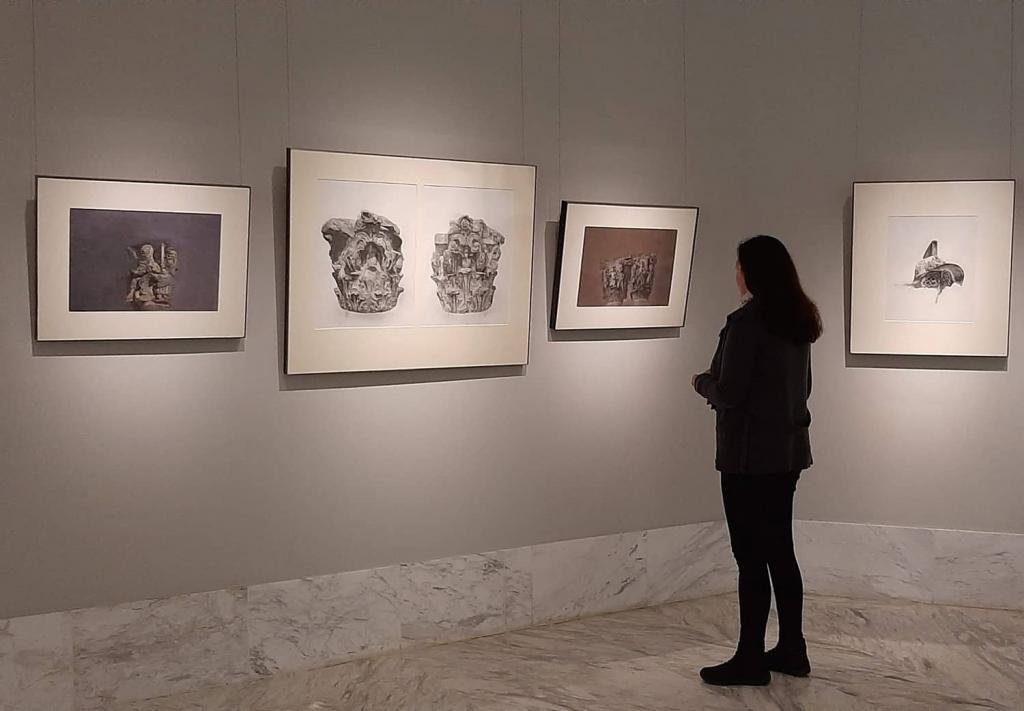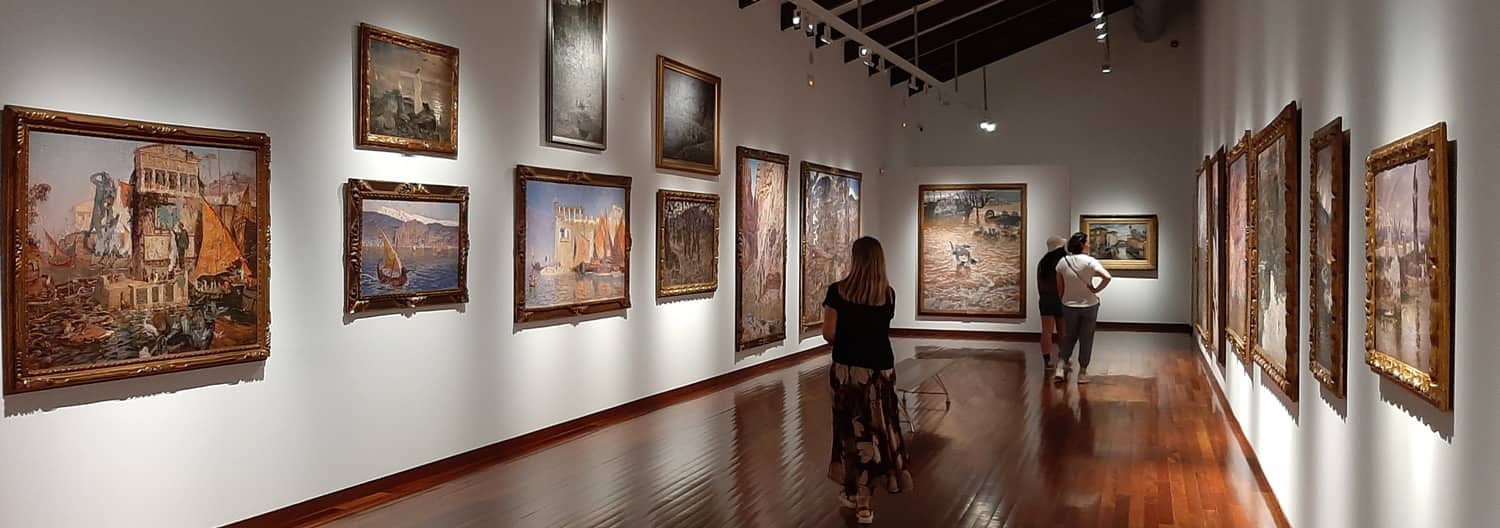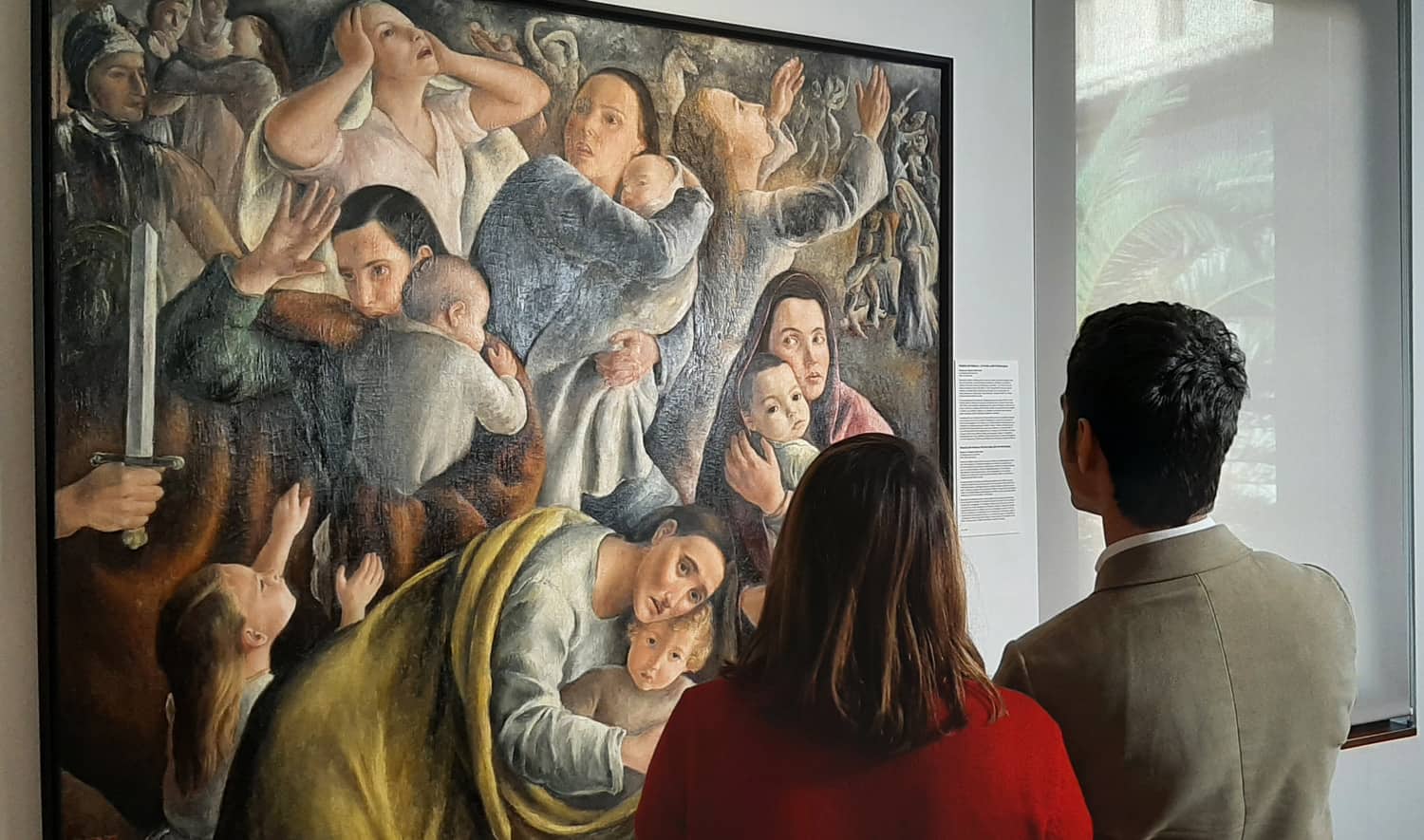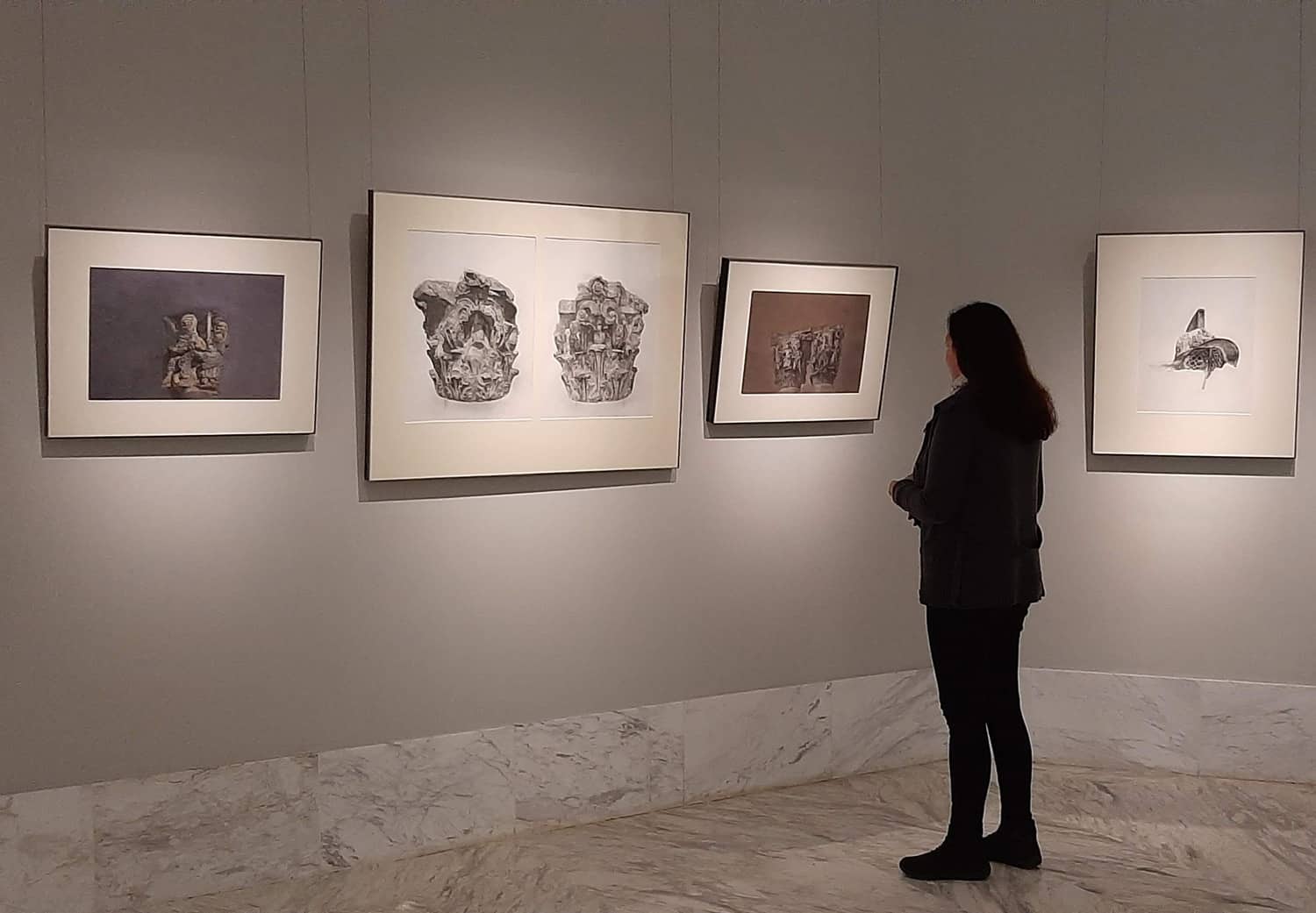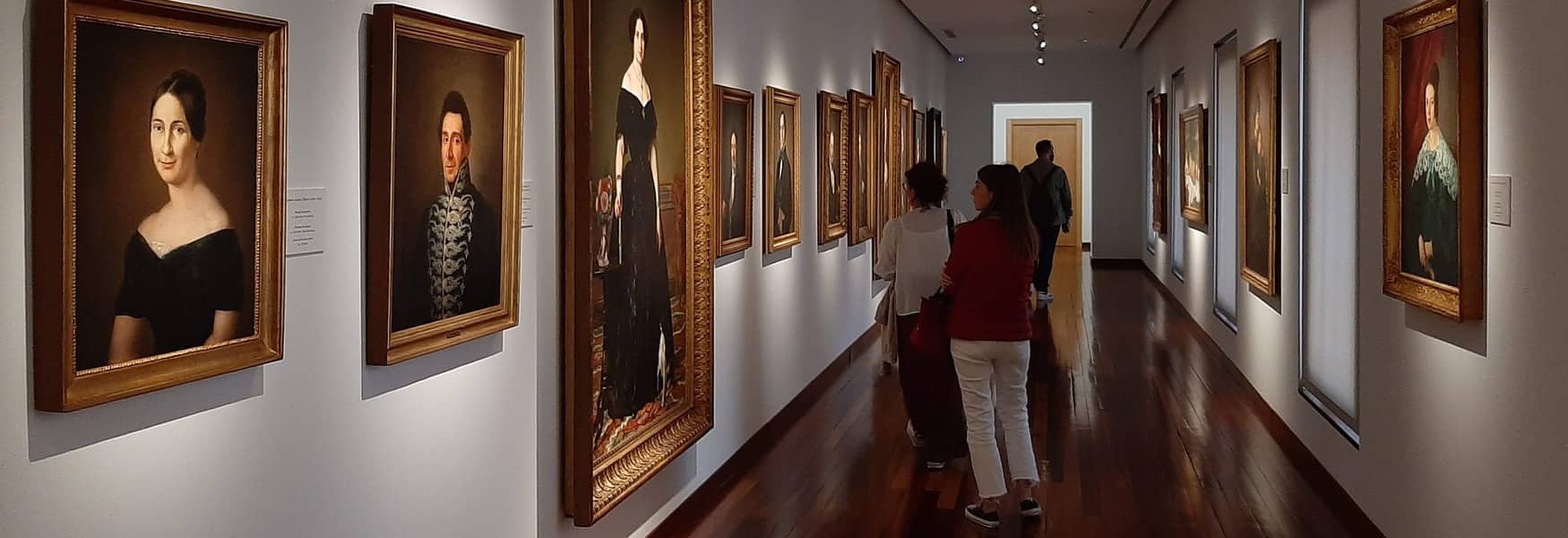
Museum of Arts
From its foundation in 1837 to the present day, almost two centuries have passed, in which it has witnessed numerous vicissitudes linked to the historical evolution of the city of Valencia.
It is mainly made up of a large art gallery and a large collection of drawings and engravings, as well as sculptures, archaeological pieces, architectural fragments, photographs and decorative arts.
The origin of the Museum is related to the Royal Academy of Fine Arts of San Carlos, which saw its statutes approved by King Carlos III in 1768. Within this corporation, a small core of works was gathered with donations from teachers and students, which would become the first important contribution to the future museum.
In 1812, with the French occupation of Valencia, Marshal Luis Gabriel Suchet, wanting to attract the most influential corporations of the city to the Napoleonic cause, expressed his desire to form a museum with the paintings, sculptures, medals and books seized from the regular convents. Once peace was restored and the national government reestablished in 1813, the works of art were returned to their respective places of origin.
The definitive impetus for the creation of the Museum was given by the confiscation measures of 1835-1837 which led to the formation of provincial museums of Fine Arts with the works of art seized from the suppressed convents. The works were first moved to the Temple building and then to the Carmen Calzado convent to make room for the new museum, which finally opened its doors to the public on 5 October 1839.
It is mainly made up of a large art gallery and a large collection of drawings and engravings, as well as sculptures, archaeological pieces, architectural fragments, photographs and decorative arts.
The origin of the Museum is related to the Royal Academy of Fine Arts of San Carlos, which saw its statutes approved by King Carlos III in 1768. Within this corporation, a small core of works was gathered with donations from teachers and students, which would become the first important contribution to the future museum.
In 1812, with the French occupation of Valencia, Marshal Luis Gabriel Suchet, wanting to attract the most influential corporations of the city to the Napoleonic cause, expressed his desire to form a museum with the paintings, sculptures, medals and books seized from the regular convents. Once peace was restored and the national government reestablished in 1813, the works of art were returned to their respective places of origin.
The definitive impetus for the creation of the Museum was given by the confiscation measures of 1835-1837 which led to the formation of provincial museums of Fine Arts with the works of art seized from the suppressed convents. The works were first moved to the Temple building and then to the Carmen Calzado convent to make room for the new museum, which finally opened its doors to the public on 5 October 1839.
DETAILS
Week
Mon: Closed Tue to Fry: 10:00 - 20:00 h
Weekend
Sat, Sun: 10:00 - 20:00 h.

